Understanding nocturnal wildlife is vital for conservation efforts, but conducting surveys of animals active during the night presents significant challenges. Traditional methods, such as spotlighting or night vision goggles, often disturb the animals and limit the observer's ability to detect well-camouflaged species. However, advances in infrared thermal imaging technology are transforming the way scientists and conservationists conduct nocturnal wildlife surveys.
What is Thermal Imaging?
Thermal imaging detects the infrared radiation emitted by objects and living beings. Unlike night vision, which relies on ambient light or infrared light reflection, thermal imaging captures heat, allowing users to see animals even in complete darkness.
By detecting heat signatures, thermal cameras can provide clear images of warm-bodied animals that are hidden in dense vegetation or far away from the observer. This technology is particularly useful for nocturnal wildlife, which tends to be difficult to spot using conventional methods.
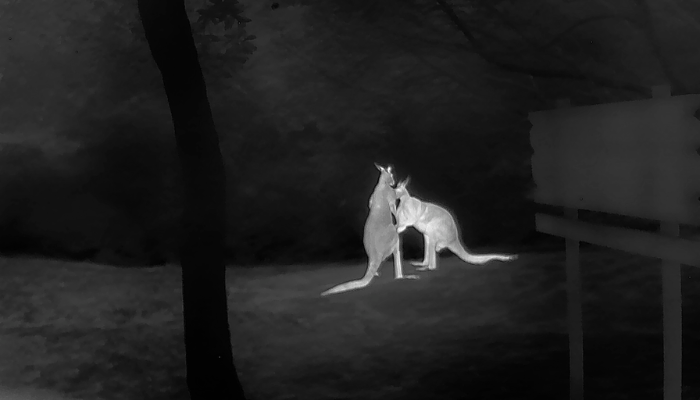
Advantages of Thermal Imaging
1. Detects camouflaged or hidden animals: Thermal cameras can detect the body heat of animals, regardless of whether they are camouflaged or hidden behind obstacles.
2. No reliance on ambient light: Unlike night vision devices, thermal imaging works in total darkness, making it ideal for nighttime wildlife surveys.
Why Use Thermal Imaging for Nocturnal Wildlife Surveys?
1. Enhanced Detection Capabilities
One of the main advantages of thermal imaging is its ability to detect animals that would otherwise go unnoticed. Nocturnal animals often have evolved to blend into their environments, making them hard to spot using traditional methods like spotlighting or night vision. However, thermal imaging captures their body heat, allowing surveyors to detect animals from a distance without disturbing them. This is especially useful for species that are nocturnal or crepuscular (active at dawn and dusk).
For example, animals like bats, owls, and certain rodents are notoriously difficult to detect using conventional methods. With thermal imaging, surveyors can observe these creatures from afar, gathering critical data on their behavior and population dynamics.
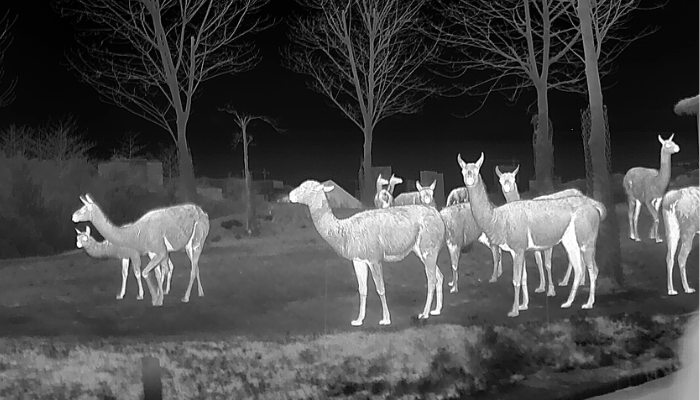
2. Non-Invasive Monitoring
One of the core principles of wildlife conservation is to minimize disturbance to the animals being studied. Traditional nocturnal surveys often involve loud noises, bright lights, and close proximity to the wildlife—all of which can cause stress to the animals and alter their natural behavior.
Thermal imaging, on the other hand, is a non-invasive monitoring tool. Since it relies on detecting heat, there is no need for lights or physical proximity to the animals. Surveyors can observe from a distance, reducing the impact on the animals’ natural habitat and behaviors.
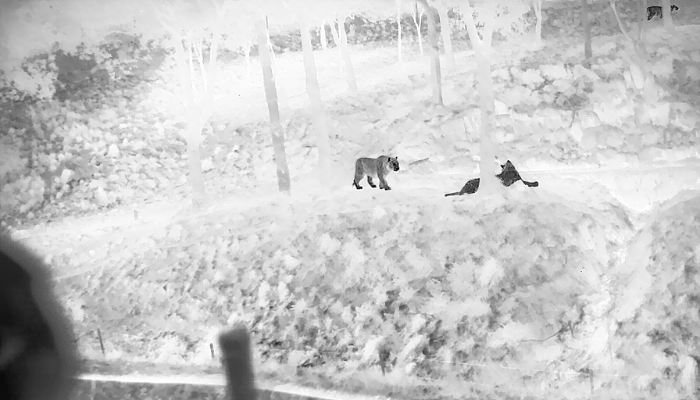
Real-World Applications of Using Thermal Imaging for Nocturnal Wildlife Surveys
Thermal imaging has already proven its value in various wildlife surveys around the world. In Australia, thermal cameras have been used to track koalas in dense eucalyptus forests, where the animals are hard to spot with the naked eye. By detecting the body heat of the koalas, researchers were able to conduct more accurate population surveys without disturbing the animals.
In North America, thermal imaging has been used to study bat populations, which are critical to ecosystems but notoriously difficult to monitor due to their nocturnal behavior and small size. Thermal cameras can detect the heat signatures of flying bats, allowing researchers to gather data on their migration patterns and roosting habits.
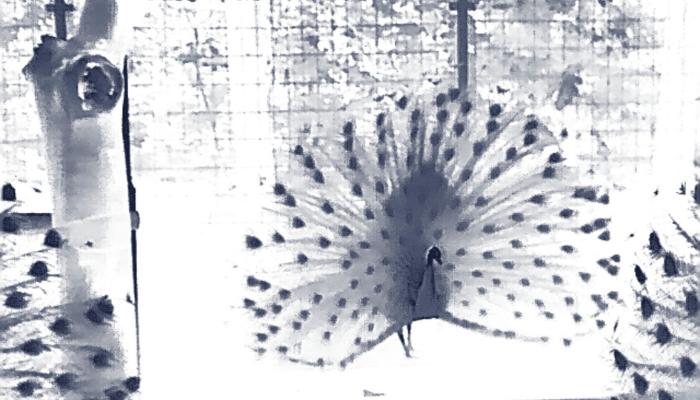
Environmental and Research Benefits
1. Improved Data Accuracy and Efficiency
Thermal imaging allows researchers to collect more accurate data during nocturnal wildlife surveys. Traditional methods can miss animals that are camouflaged or hiding, leading to underestimates of population sizes. With thermal imaging, the chances of detecting every individual animal in a given area are much higher, leading to more reliable data.
Additionally, thermal imaging technology makes wildlife surveys more efficient. Surveyors can cover larger areas in less time, reducing the resources needed for each survey. This increased efficiency is particularly important for large-scale conservation projects, where time and funding are often limited.
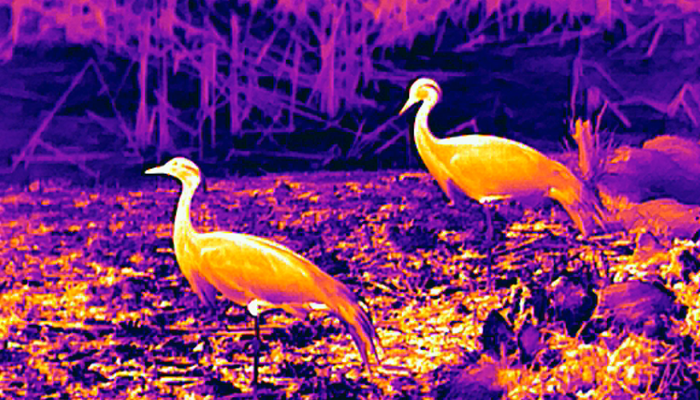
2. Reduced Environmental Impact
Thermal imaging also has a reduced environmental footprint compared to traditional survey methods. Since the technology doesn’t require bright lights or close physical proximity, it leaves the animals and their habitats undisturbed. This makes it a more eco-friendly option for researchers who are committed to conservation and sustainability.
Thermal imaging is revolutionizing the way nocturnal wildlife surveys are conducted. Its ability to detect camouflaged animals, monitor wildlife non-invasively, and improve data accuracy makes it an invaluable tool for conservationists. As the technology becomes more accessible, it will likely play an increasingly important role in wildlife research and conservation.

By minimizing disturbances to the animals and providing a more efficient, accurate method for tracking nocturnal species, thermal imaging offers a powerful solution to the challenges of traditional nocturnal surveys. For researchers, it opens up new opportunities to better understand the natural world and protect it for future generations.